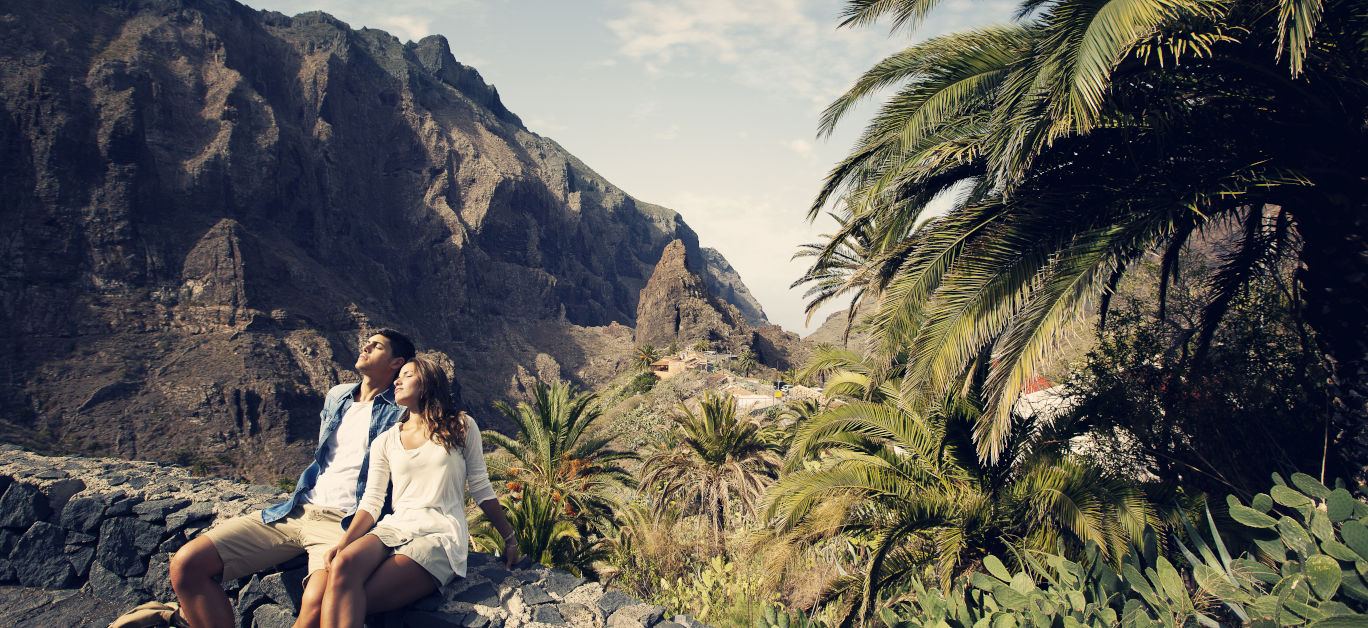Anyone who has visited Tenerife will be aware of the holiday hot spots and popular resort areas such as Los Cristianos, Costa Adeje and Playa de las Americas, but when you travel, you need to step outside of the regular and acquaint yourself within the lesser-known towns and villages that make up an all-round picture of the place you are visiting.
Tenerife has pretty towns, quaint villages, glorious coastlines, natural parks and landmarks galore as well as luxury hotels, elegant restaurants, local eateries and spa experiences to enjoy throughout any stay. Here, we take a look at some of the lesser-known hot spots of Tenerife that you should head to on your next visit.
Masca
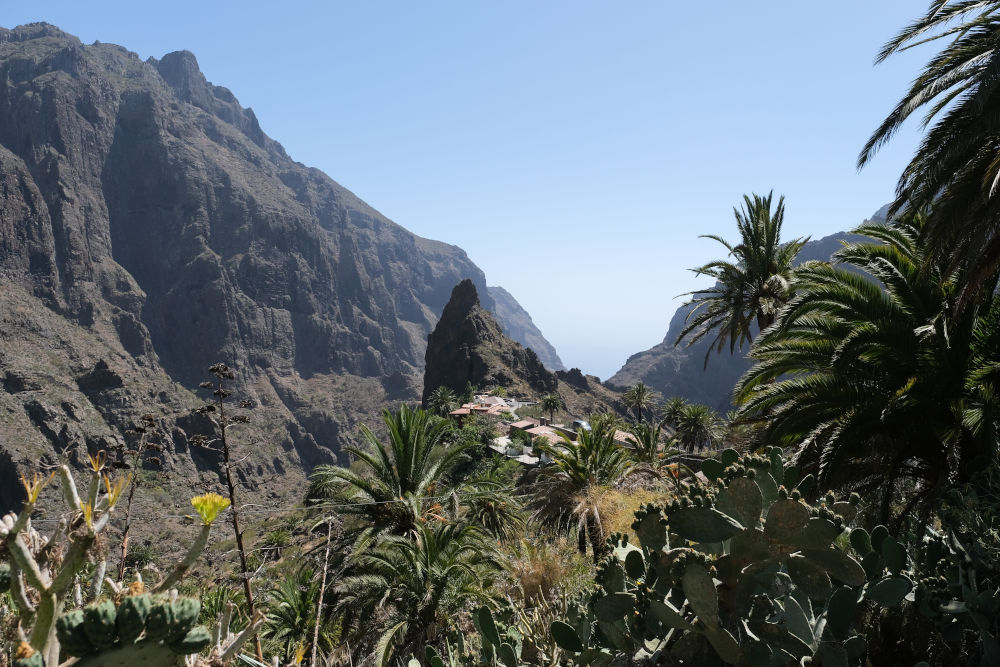
Masca is one of Tenerife’s most beautiful villages set in a superb mountainous location, in the Teno Mountains on the western side of the island. Its location is stunning and because it is quite difficult to get to on a road full of tight hairpin bends, it had been relatively undiscovered until recent years. Indeed, there wasn’t a road at all before 1991, which resulted in Masca being known as the ‘forgotten village’.
The Rural Park of Teno is where one can find the deepest ravines of the island. Here, surrounded by amazing escarpments, lies Masca. This picturesque and tiny village, which has been declared an area of ethnographical and architectural interest, is one of the best examples of the Canary Island’s natural architecture.
The cottages in Masca are all lined up along the mountain ridges and take up almost every inch of space, balancing on the edge of the abyss created by the ravines. The Cherfe lookout point (on the road from Santiago del Teide) provides fantastic views over the village.
This has always been a narrow and remote place, which was only very recently supplied with electricity, and where the roads were barely more than dusty tracks up until not long ago. In fact, for years the only means of communication with the rest of the world was the trail of Camino de los Guanches, linking Masca to Santiago del Teide. But that remoteness is precisely what has allowed it to keep its ancient charm.
Despite its small size, the area boasts a collection of valuable treasures such as the house of Los Avinculados in the hamlet of Piedra, and a tiny 18th century church. It even has a museum and a craft centre that have been set up inside one of the houses. The village is one of Teno Country Park’s most charming attractions as it comprises all of the elements that make traditional Canarian architecture so unmistakable – masonry and wood, conceptual simplicity and full adaptation to surroundings.
Buenavista del Norte
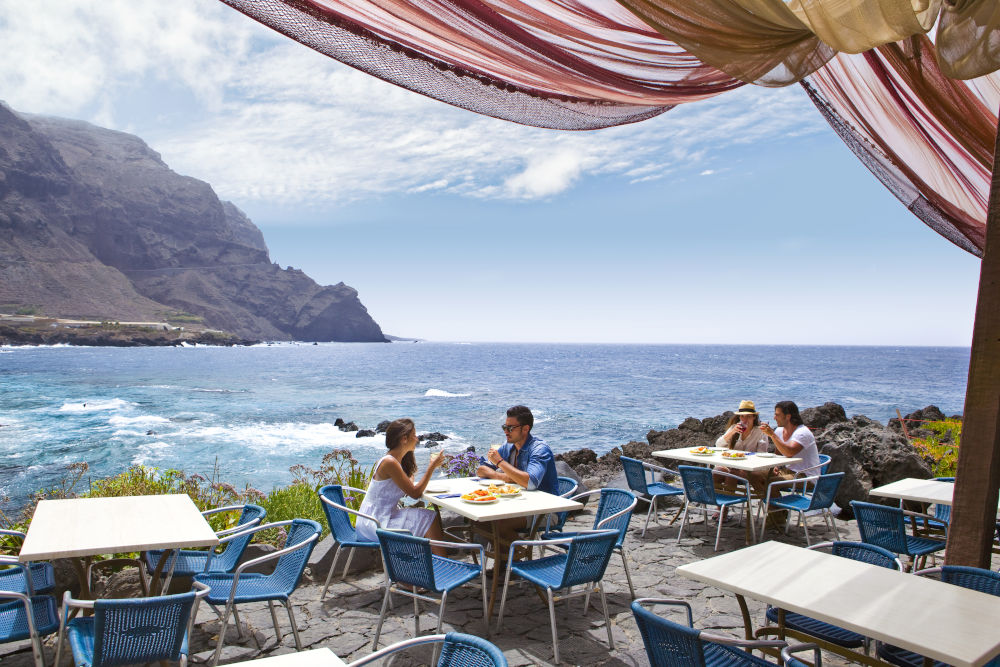
Buenavista del Norte stands on the most north-westerly point of the island with its lighthouse marking the end of Tenerife, looking out over its spectacular crystal-clear waters. The municipality houses plenty of beautiful and highly valuable buildings within its landscapes and countryside, which are among the most remote and untouched on Tenerife.
Buenavista del Norte, which was founded in the 16th century and is a proud preserver of its traditions, is without doubt one of the most scenic parts of the Island and a wonderful place to live, as its more than 5,000 inhabitants will vouch for. The town has plenty of unquestionable appeal, with its charming streets, its coast dotted with bays and its environmentally friendly leisure activities to partake in.
80% of the municipality’s land belongs to different protected nature areas. One of the most noteworthy is Teno Country Park, a natural monument covering some 7,500 hectares (18,500 acres) of stunning rural and marine landscapes, with spectacular mountains and ravines. The Los Gigantes Cliffs, standing 300 to 600m (985 to 1,970 ft) tall, plunge straight into the sea beside the Masca ravine. Following this somewhat tortuous ravine inland you will come to the village of Masca, as highlighted above.
The last significant occurrence in the history of Buenavista took place in 1996 when the Church of Nuestra Señora de los Remedios was destroyed by a huge fire, sending much of its artistic-historic heritage up in flames. The building has since been restored.
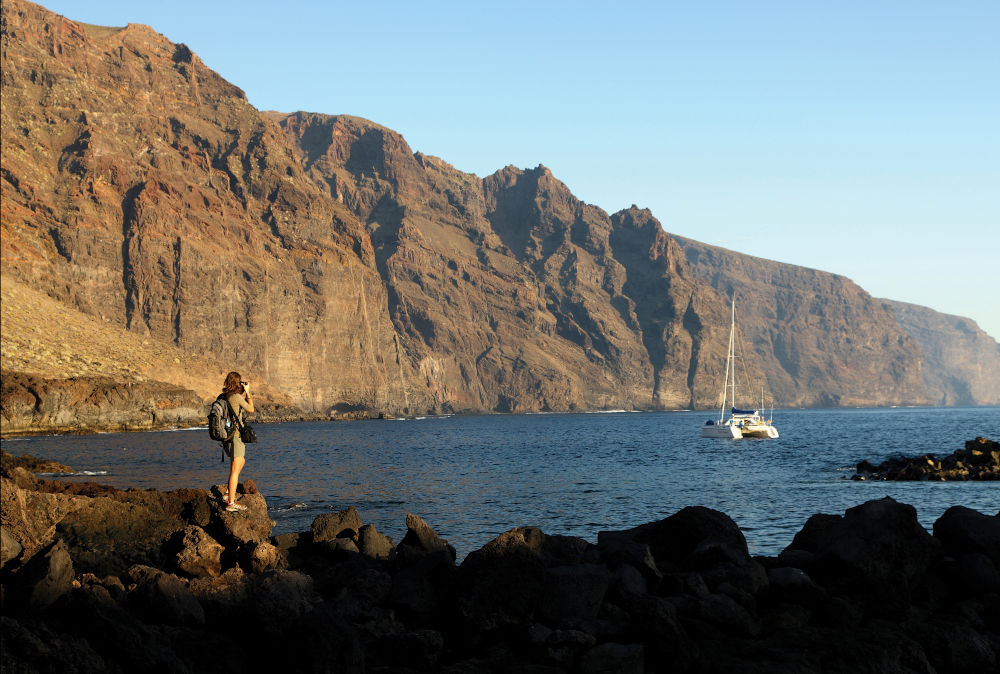
Places of interest:
Plaza de los Remedios
Right in the heart of the historic quarter, this square is the municipality’s social meeting point par excellence and is one of its most beautiful spots. Surrounded by great pieces of traditional Canarian architecture, its buildings now house the town’s most important institutions. The square was paved in the mid-20th century and has a lovely pavilion in the middle for musical performances.
Punta de Teno
Punta de Teno is the westerly-most tip of Tenerife, meaning it has the longest daylight hours. The lighthouse affords views of the north coast of Tenerife and the cliffs of Los Gigantes in the west of the Island. Punta de Teno lies within the protected area of Teno Country Park, one of the Island’s most important nature areas.
The former San Francisco monastery
Located in the town’s historic quarter, the monastery significantly represents the architectural style of the Franciscan Order’s buildings in the Canaries. It is draped in a mysterious and enigmatic atmosphere that transports visitors to the world of religion and seclusion that such constructions inspire. Prominent in architectural terms are the columns flanking the doorway and the triangular pediment bearing the Franciscan emblem.
Triana Ravine
This ravine is the green lung of the municipality’s historic quarter. You can get there from Plaza de los Remedios or from the neighbourhood of Triana, leaving from Triana school. The historical relevance of the ravine dates back to the time when the town was founded. A number of Andalusians were involved in its founding, which is why the ravine was named Triana, due to its similarity with the Guadalquivir river that runs through Seville. Water flowed through the ravine for centuries, leading the Triana Ravine wash basins to be made, which constituted an important social meeting place in the past.
Garachico
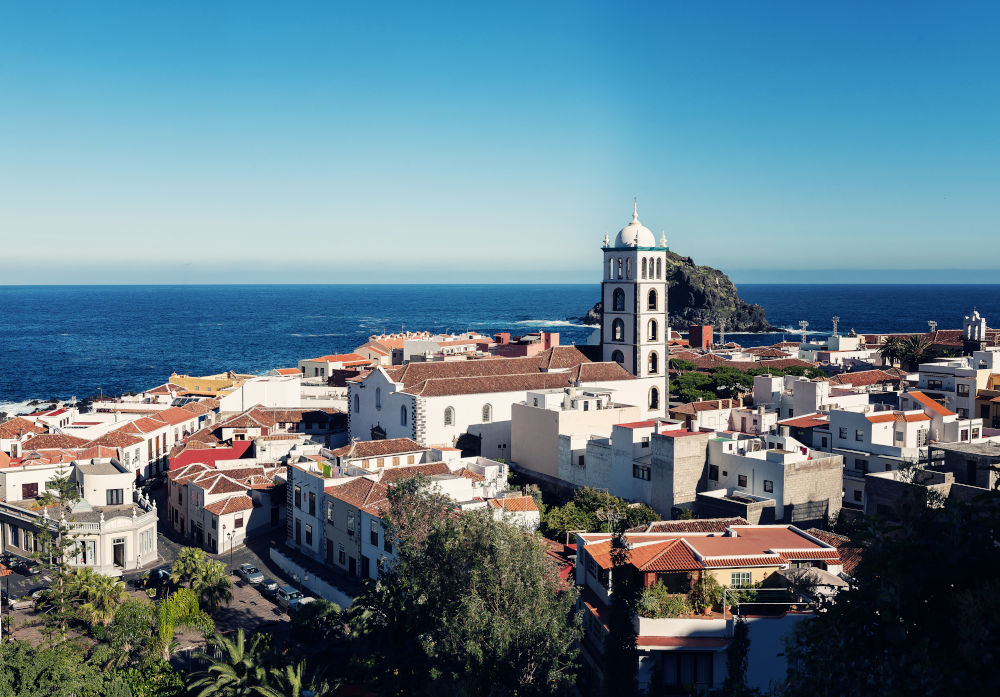
Garachico is a living legend: who said it’s impossible to be reborn from the ashes? When the Trevejo volcano erupted in 1706 it destroyed almost the entire town, but what that meant was an opportunity to rebuild it even more beautiful and charming than before.
After the conquest of Tenerife, Garachico became the main fishing and trade port on the island until it was destroyed by the volcanic eruption. This golden age drew many highly influential families to settle here, which is apparent from the wealthy layout of its streets and buildings. Its cobbled streets invite visitors to explore the heart of the town, its churches and its historic buildings.
Garachico lies in the north-east of Tenerife in the region of Icod-Daute-Isla Baja, covering 29.28 km2 (11.3 sq miles). At least half of that area is covered with Canarian pine trees, volcanic scenery and an ancient cliff that separates the historic quarter from the hills. Garachico has a wealth of architectural heritage from the 16th and 17th century which has been kept in wonderful condition, leading it to be declared an Asset of Cultural Interest in 1994. It was also granted the status of ‘Villa’ (which is a rough equivalent to the British status of borough) and Port by King Alfonso XIII in 1916.
On the coast of the municipality there are several vast estates with banana groves, whilst the farmland on the hillsides was mainly used to supply the families who farmed it. The town also has a recently built marina by the historic quarter, as well as a series of beaches made of pebbles and black sand, and various cliff faces. Special mention should be made of the natural swimming pools of El Caletón, one of the most popular bathing areas, as well as the impressive rock formation rising from the sea in front of them.
Places of interest:
El Caletón – Natural swimming pool in northern Tenerife
The last eruption of the Trevejo volcano in 1706 buried much of the town of Garachico and as the lava reached the sea it formed the natural swimming pools we see today, which are one of the municipality’s major attractions. The shapes that nature has created at El Caletón are fondly treasured by locals and tourists who flock here, especially in summer. The swimming pools are suitable for everyone and their waters are usually calm but watch out for the waves as the sea there can be quite rough. After a good soak, don’t miss the chance to sample some Canarian gastronomy at one of the local restaurants that specialise in seafood.
El Guincho lookout point
Looking left from this viewpoint, you will get a wide panoramic view of the town of Garachico and its precipitous coast, the rock formations of El Roque and the cliffs of El Guincho, not to mention the new marina and fishing port. Looking right, your eyes will rest on old, abandoned farm terraces that call to mind the area’s farming tradition. The views over this lovely seaside spot are quite charming.
Las Aguas Beach
If you are in search of a place to relax and unwind, this beach made of sand and shingle is ideal. Located next to the new marina of Garachico, from here you will see the bright colours and the comings and goings of its vessels, fishing boats and luxury yachts. This is the first beach you will come to when you reach the municipality, and it tends not to get too busy. The waves are usually quite gentle but take care in case the sea gets rough. A trip into the centre of Garachico is worthwhile in order to wander through the history-steeped streets of this town that was founded in the late 15th century.
El Muelle Beach
This beach is particularly stunning because of the lovely setting in which it lies. If you are lucky enough to make it for the Garachico celebrations, you will find the whole beach decorated with colourful flags. The bay is right in the middle of the fishing port and much of the dock is used for swimming. You won’t have to worry about the waves thanks to its strategic location. This small beach has a lifeguard and a watch post, dressing rooms and showers. Don’t miss the chance to have a walk around the streets of the town of Garachico.
Taganana
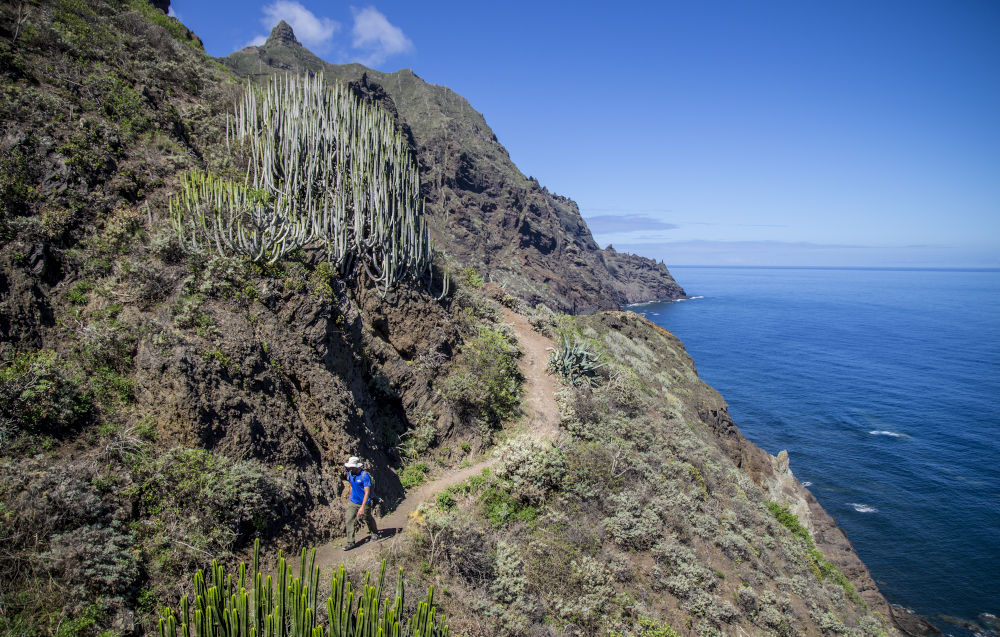
Taganana is a disperse little village inside Anaga Country Park where the white walls of the houses stand out brightly amidst the deep green mountains. It is surrounded by virgin beaches and rock formations rising out of the sea just off the coast, with a mysterious, yet magical, air about them. A lovely panoramic photograph can be taken from the lookout point at El Bailadero.
Taganana is reached from Santa Cruz along a windy road, or alternatively from La Laguna through the laurel forests. The village is still true to the island’s traditional customs and architecture, which includes pieces such as the church of Nuestra Señora de las Nieves, one of the oldest in Tenerife. Those who visit the church enjoy taking pictures of its famous triptych painted in the 16th century Flamenco style.
There are a number of hamlets near Taganana, so you can continue your tour along the coast towards Roque de las Bodegas along a pretty little beach. You will then come to Almáciga, a small hamlet with a long-standing farming tradition and a little chapel devoted to Nuestra Señora de Begoña, as well as its beach with large waves making it a paradise for surfers.
History has it that in the mid-20th century, a group of pilgrims from Bilbao in northern Spain threw a bottle into the sea bearing a picture of the virgin as they sailed towards Santiago de Compostela. Eight months later, the bottle was washed up on the shores of Almáciga, where the locals responded to the message. As a gift, they received a statue of the Virgin of Begoña and made her their patron saint.
After Almáciga you can take the trail from there towards other local hamlets. Benijo, for instance, is home to roughly two dozen inhabitants and there are records of its existence as early as 1536, when the first houses, shacks, wine cellars and even a winery were built. It once housed a chapel devoted to Santiago Apóstol dating from 1630, which unfortunately collapsed a century later and was never rebuilt. Today, you will find a number of restaurants serving Canarian cuisine that make it a great stop for replenishment.
Nearby are the hamlets of El Draguillo and Las Palmas de Anaga, with wonderful elements of traditional Canarian architecture, namely the houses of Casas Principales and the adjacent chapel of San Gonzalo. This 17th century edifice features wonderful, coffered ceilings, though they are in a slight state of disrepair.
The Anaga mountain range houses a great many more little settlements dotted all around. The hamlet of Chamorga has a population of less than 100 people, which is what creates much of its charm as visitors will rightfully feel like they have come to a delightfully remote location, away from the modern world. Adding to that feeling are its pretty, distinctive little houses. Further along the way is Roque Bermejo with its beach and you can also go on to explore the nearby hamlets of Roque Negro, Afur and Taborno.
Los Silos
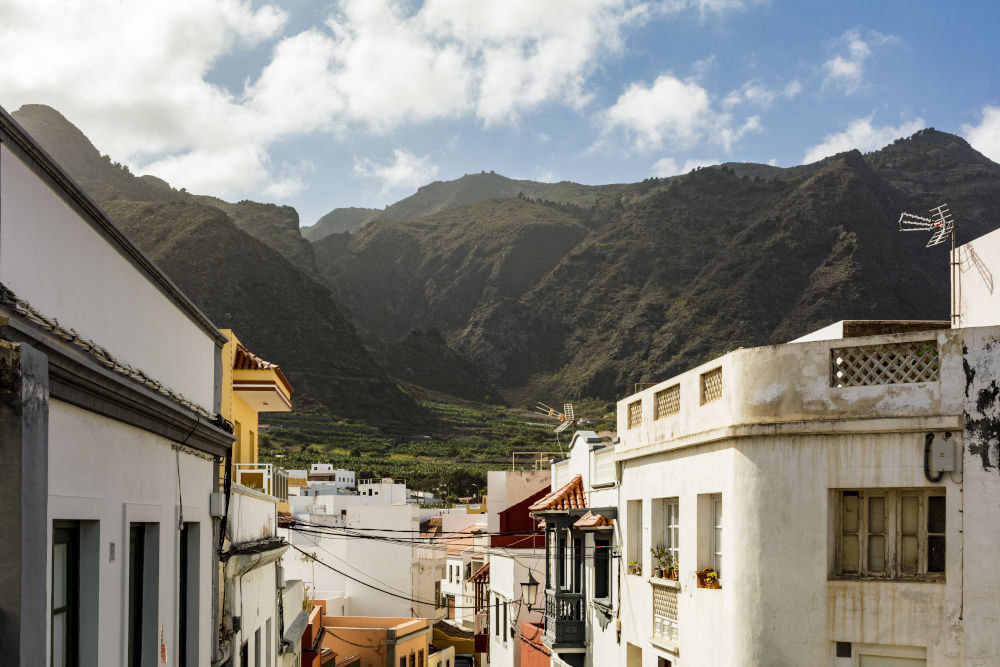
A visit to Los Silos is a gift of peace and relaxation. It is as equally enjoyable to take a stroll along the seafront, which is full of lovely bathing spots as it is to wander through the countryside on one of the many trails. The town itself is home to several gems such as the Church of Nuestra Señora de la Luz and the former Bernadine convent of San Sebastián.
Places of interest:
Plaza de La Luz
This square was historically the heart of Los Silos and the area’s most important buildings were erected around it. In 1923, the square was revamped to include a bandstand in the middle, an outer wall and symmetrical flowerbeds.
The Chapel of El Calvario
This chapel in Los Silos stands out for its Neo-Gothic enclosure, dating from the 20th century, and the triangular gable end over the doorway.
The Parish Church of Nuestra Señora de La Luz
The parish church was built where the municipality’s first chapel used to stand and dates from the late 16th century. It was refurbished in the 20th century by architect Mariano Estanga, and although the original stone façade was preserved, a Neo-Gothic façade was placed over it with a bell tower in the middle. The church contains works such as a figure of Cristo de la Misericordia, which is believed to have been made by the Andalusian Juan de Mesa; a mid-17th century figure of El Señor de la Humildad y la Paciencia and another of Virgen de la Luz, which, legend has it, was found on the coast by a Portuguese fisherman.
For more information on Tenerife, visit webtenerife.co.uk/tenerife/
All imagery provided by Turismo de Tenerife.












